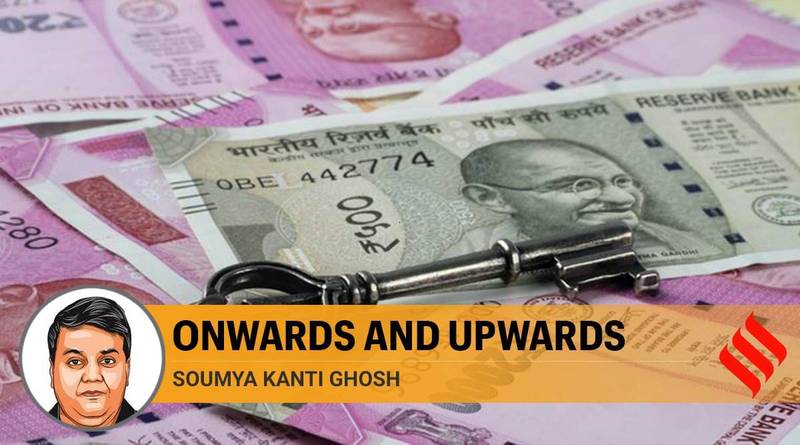The narrative has changed for the better since the first quarter (financial year) when India’s GDP growth declined by 23.9 per cent, and the fall for the full year was expected to be double digits.
The GDP data released on November 27 takes us back 50 years when economist and Nobel Laureate Paul Samuelson, on being asked on a television panel about his changing views on inflation, observed, “well when events change, I change my mind. What do you do?” India’s GDP data, or for that matter the GDP numbers released globally, lead to a similar predicament. Until now, GDP data for the third quarter of the calendar year 2020 has been released for 49 countries, 44 of whom have contracted in the range of 0-10 per cent. The narrative has changed for the better since the first quarter (financial year) when India’s GDP growth declined by 23.9 per cent, and the fall for the full year was expected to be double digits.
So what does the data show? The most remarkable part is the nominal GDP loss narrowing down to Rs 1.98 lakh crore in the second quarter of the financial year from a staggering Rs 11.1 lakh crore in the first quarter (the cumulative loss at Rs 13.1 lakh crore is equivalent to 6.4 per cent of 2019-20 GDP). Manufacturing (and construction) has minimised its losses by 91 per cent from the first quarter. The services sector has reduced its losses by 43 per cent, while the losses incurred by the trade sub-segment have fallen by a staggering 80 per cent. However, the losses of the financial, real estate and professional services and the public administration segments have jumped by 50 per cent. The recovery has been led by manufacturing and also by the largest component of the services sector — trade, hotels, transport and communication. The other good news is that the agriculture sector has already added 0.4 per cent to GDP in both the quarters.
If this trend of loss minimisation continues (at this rate, possible gains in nominal GDP in the third and fourth quarter are a distinct possibility) India’s 2020-21 nominal GDP will surprisingly not be lower than 2018-19 levels as was earlier expected. This would mean India has weathered the COVID storm in terms of a loss of output in 2020-21 that could be more than salvaged in 2021-22, though this is contingent on India getting back to business through continued sector-specific reforms.
One worrying data point is the large discrepancies in the second quarter numbers which amount to 1.7 per cent of GDP. Over the last few years, as the economy has undergone many structural changes, data revisions in GDP and discrepancies have moved in the same direction (upward revisions in both), specifically in 2016-17 and 2017-18. In 2018-19, even as GDP was revised upwards, discrepancies were revised downwards indicating the process of reconciliation is getting better. But this job will become difficult in 2020-21 as even CSO believes that the data will undergo changes.
Reference:
http://click.publisher-news.com/dWINF3YBIji5Lk2Ed6sZ/419033477/4159/306917919/88677?attrs=0&order=0)

